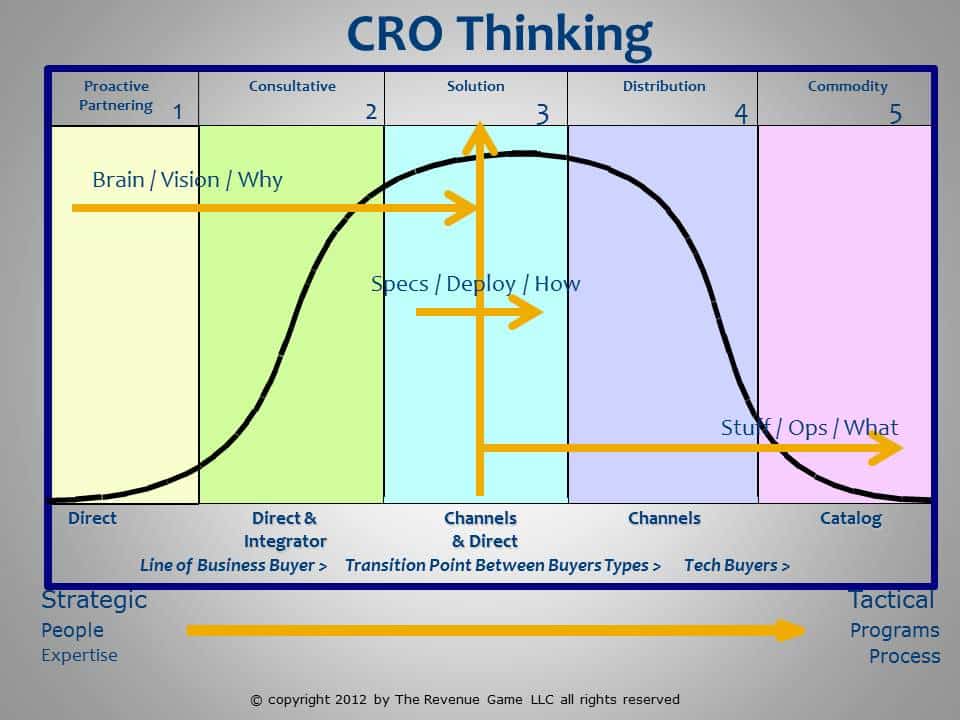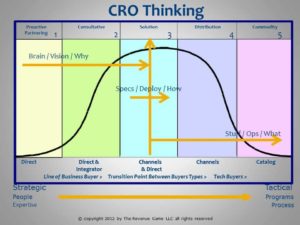Creating Revenue Growth in the 21st Century

You will successfully sell to prospective buyers when:
1. You proactively compel them to invest in the buying process
2. Buyers opt in as a result of searching for something where you show up, and they decide to invest resources in working with you.
All those other disconnected, empty activities that masquerade as important have little or no positive return when measured by profitable revenue growth.
In the B2B world, cold calling, RFP responses, Chamber of Commerce Networking, email pitches, telling people why your product and service is important (pitching) are examples of those empty activities that we thought worked – in the 20th Century.
This is the 21st Century. In the 21st Century, the buyers have a lot more information and control over the buying process. The buyer is checking you out before they call you or before you call them. If social media is screaming about you (good or bad), everyone can know about it.
If you don’t have a creditable website, you will never get to meet the prospective buyer. If your LinkedIn profile is incomplete, has no references, lacks connections or substance, you will come in second to those who impress buyers with thought leadership and integrity. The buyer will decide where best to invest their time and money very early in the process.
The 21st Century buyers (individuals and companies) hold their partners and vendors to much higher standards than in the 20th Century. The way you engage the buyer during the buying process demonstrates the value the buyer will receive if they buy.
Revenue Science uses this Bell Curve model to explain how value promised aligns for buyers. On the extreme right side of this curve is where commodity products or services (called “stuff”) are just before they are placed in the history books.
On the right side of the curve, the buyer is very knowledgeable about what is being sold / bought. The buyer knows why it is important, how much it should cost and how to put it to use (the result of research or experience). Often the buyer on the right side has greater knowledge of the product than the person trying to sell it.
On the right side, the buyer prefers to opt-in since they have all or almost all the information they need. When they opt-in, they are most likely verifying price, availability and little else.
On the FAR left side of this BellCurve, the buyer has never even heard of what you are selling. They don’t know what it is, why they care, what they would do with one, the impact it would make in their world or how to measure the cost against the value.
On the far left side, the buyer really is not buying your “stuff” or even your service. They are buying your brain (that delivers the “stuff” and service). It is your brain that takes the buyer to a place they didn’t know existed. The buyer is going to receive value 10 to 100 times your fee in this new world you make possible.
On the left side of the BellCurve, buyers can’t opt-in since they have never heard of the product. This left-side buyer must be found proactively and then compelled to take a leap to something new. When you are looking for this buyer, there are two required conditions that must be in place. The buyers must be innovators or early adaptors and be able to get value from doing business with you of at least “10 times” your fee.
In this century, it is easier to find someone who can get a “10 times” return than to find the human willing to try something “totally” new (think never been done before).
When you proactively find that company with a “10 times problem” and a person willing to “go where no one has gone before,” you must compel them to take the risk to solve that “10 times” problem.
You can place every company on the BellCurve, and their placement on the curve will determine the mix between proactively finding and compelling to perspective buyers based on their problem vs. the buyer being sophisticated enough to search you out, determine you are likely to be able to solve their problem and opting in to your engagement model.
Every company is always in transition. When a company has transitioned from the left to the middle of the curve, both models are going on to varying degrees. The company’s success is based on growing profitable revenue by aligning the buyer process with the seller’s process to get both parties the greatest value.
Every company needs to be sure where they and where their products fall on the BellCurve and then apply a proactive / compelling strategy and/or an opt-in strategy or a combination based on where the greatest combination of value, growth and profit exist.
The challenge is how to get the most profitable revenue based on your available Revenue Resources. To do that, select the right combination of those two sources of buyers and avoid the 20th Century’s expensive and empty activities which result in you going in circles and increasing your Cost of Chaos.
Category: Financials Sales
Tags: Revenue Growth


